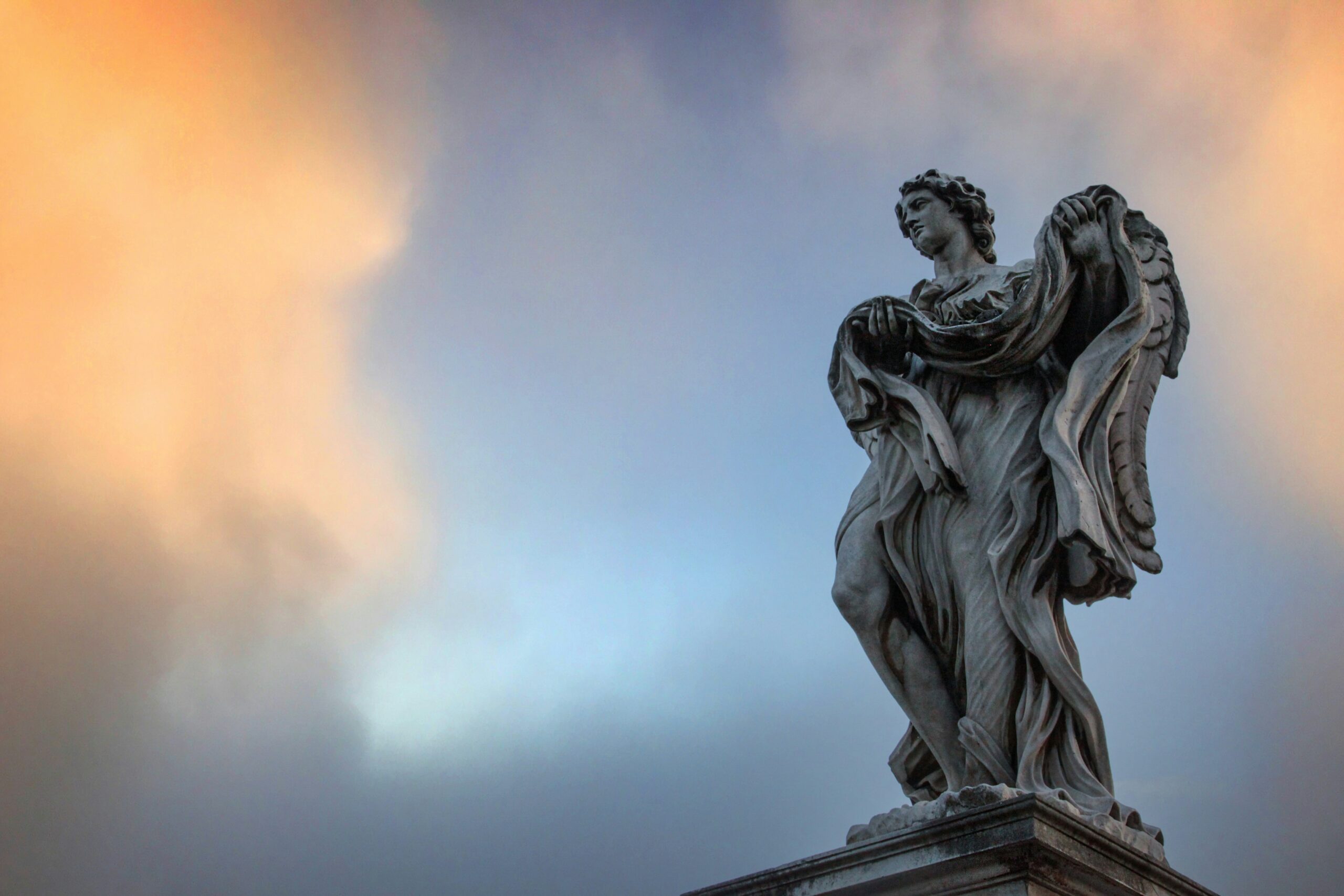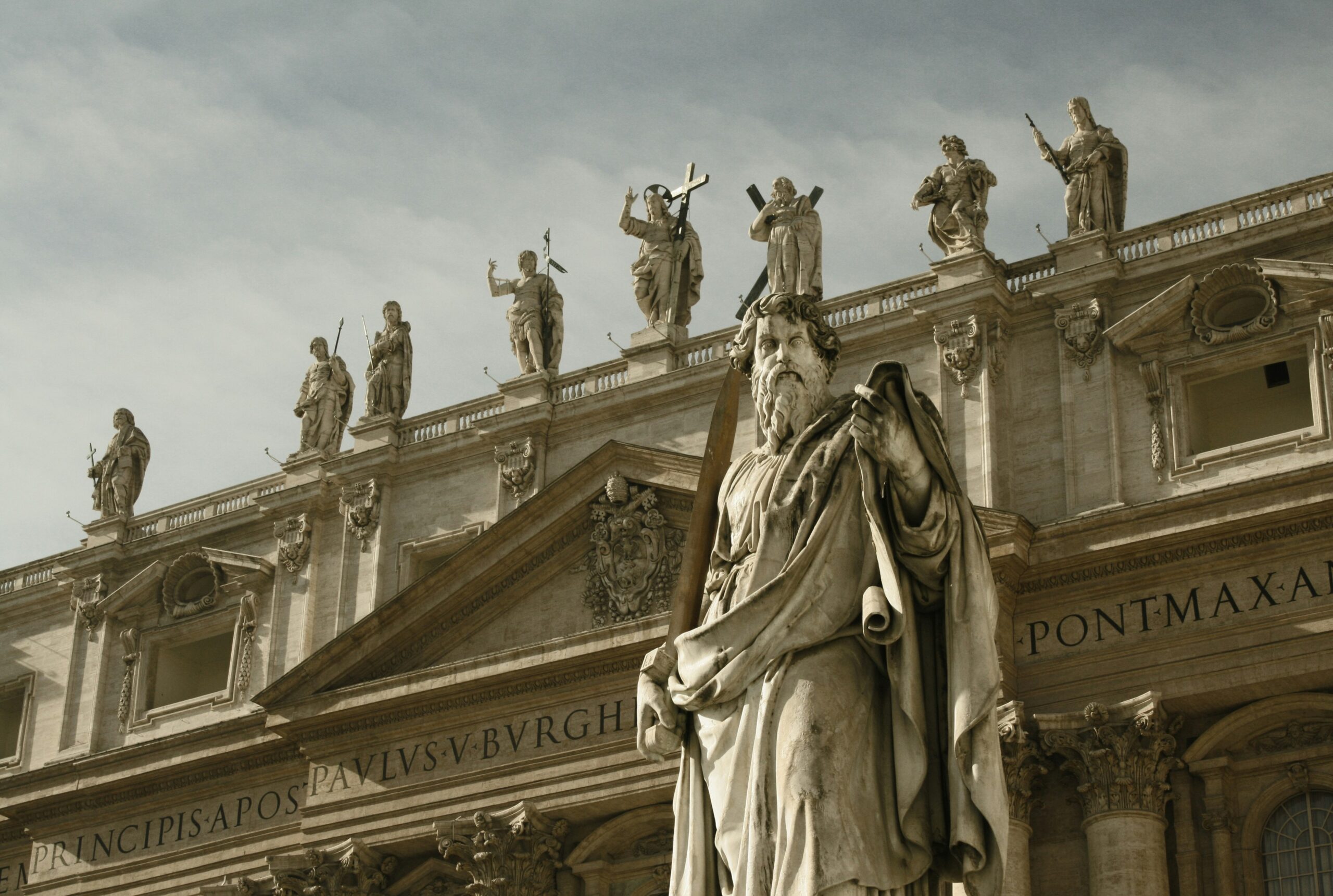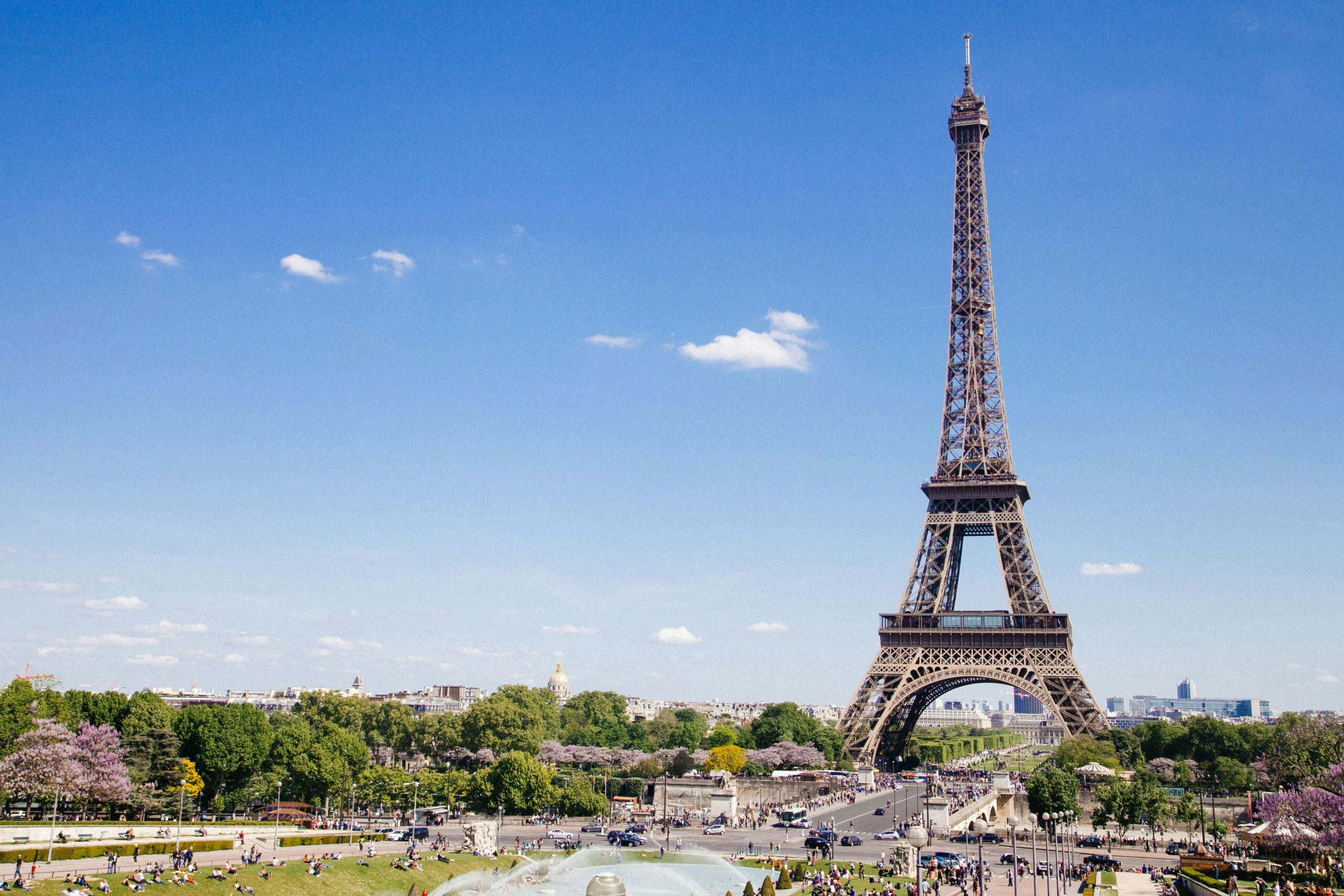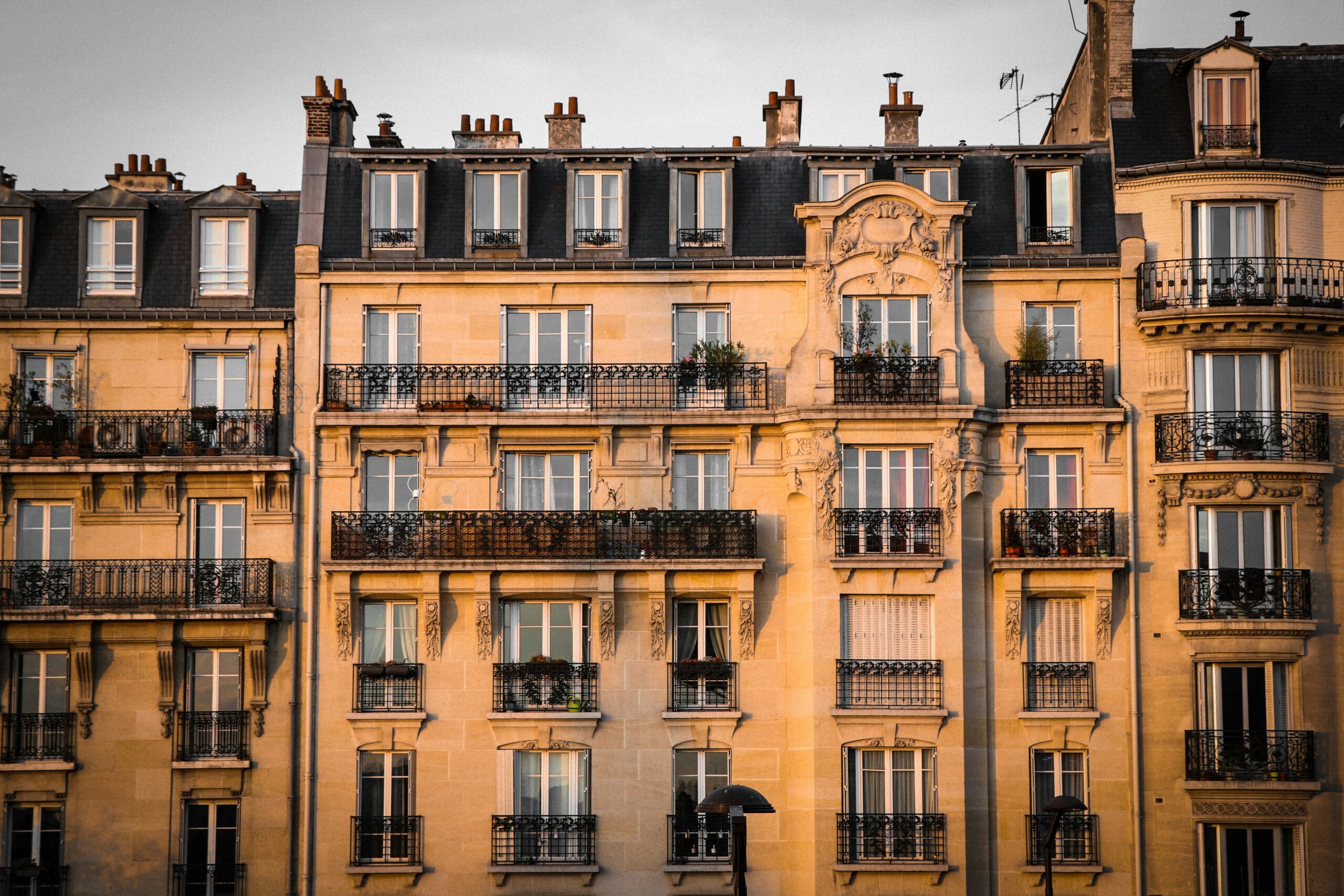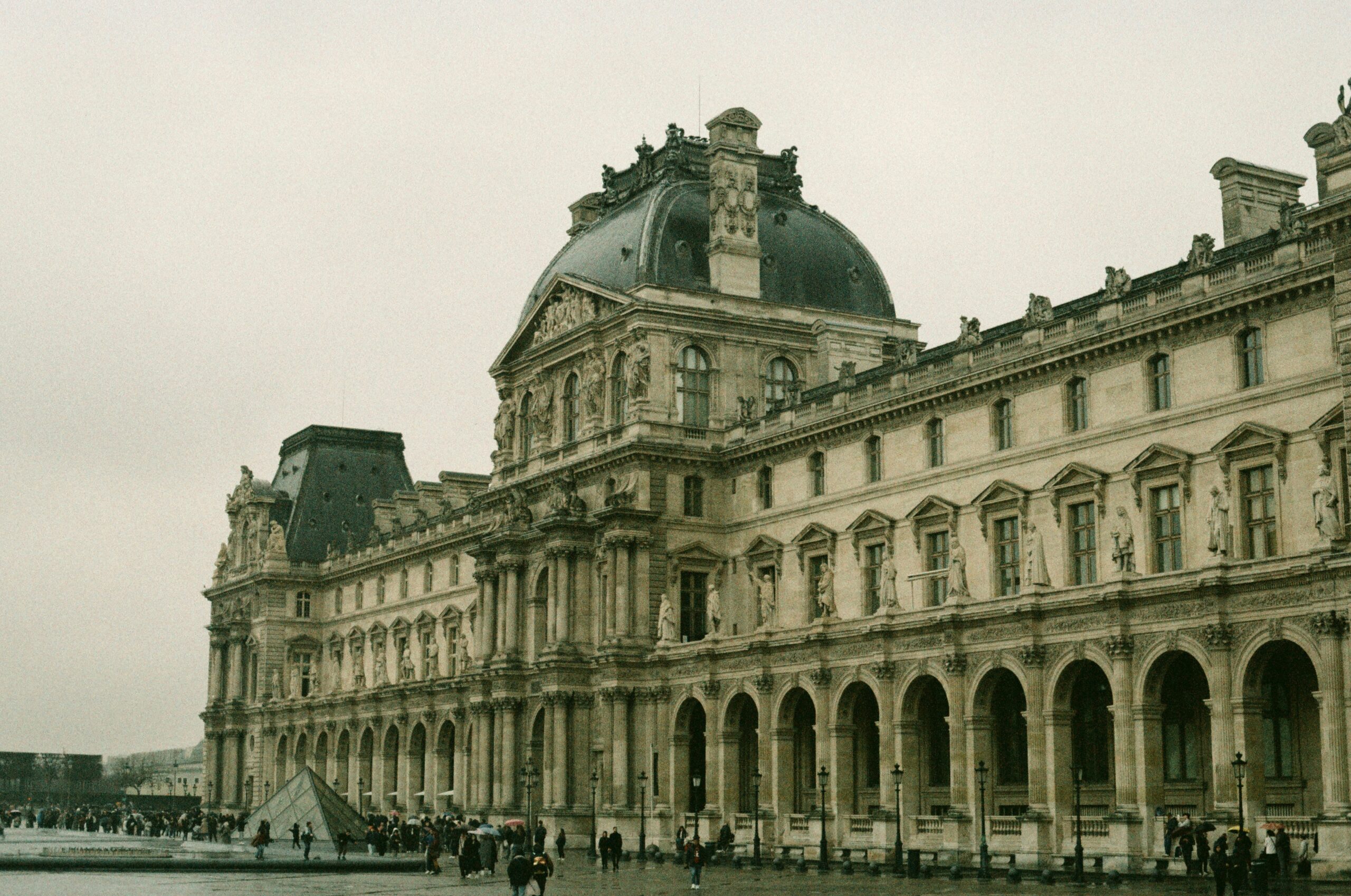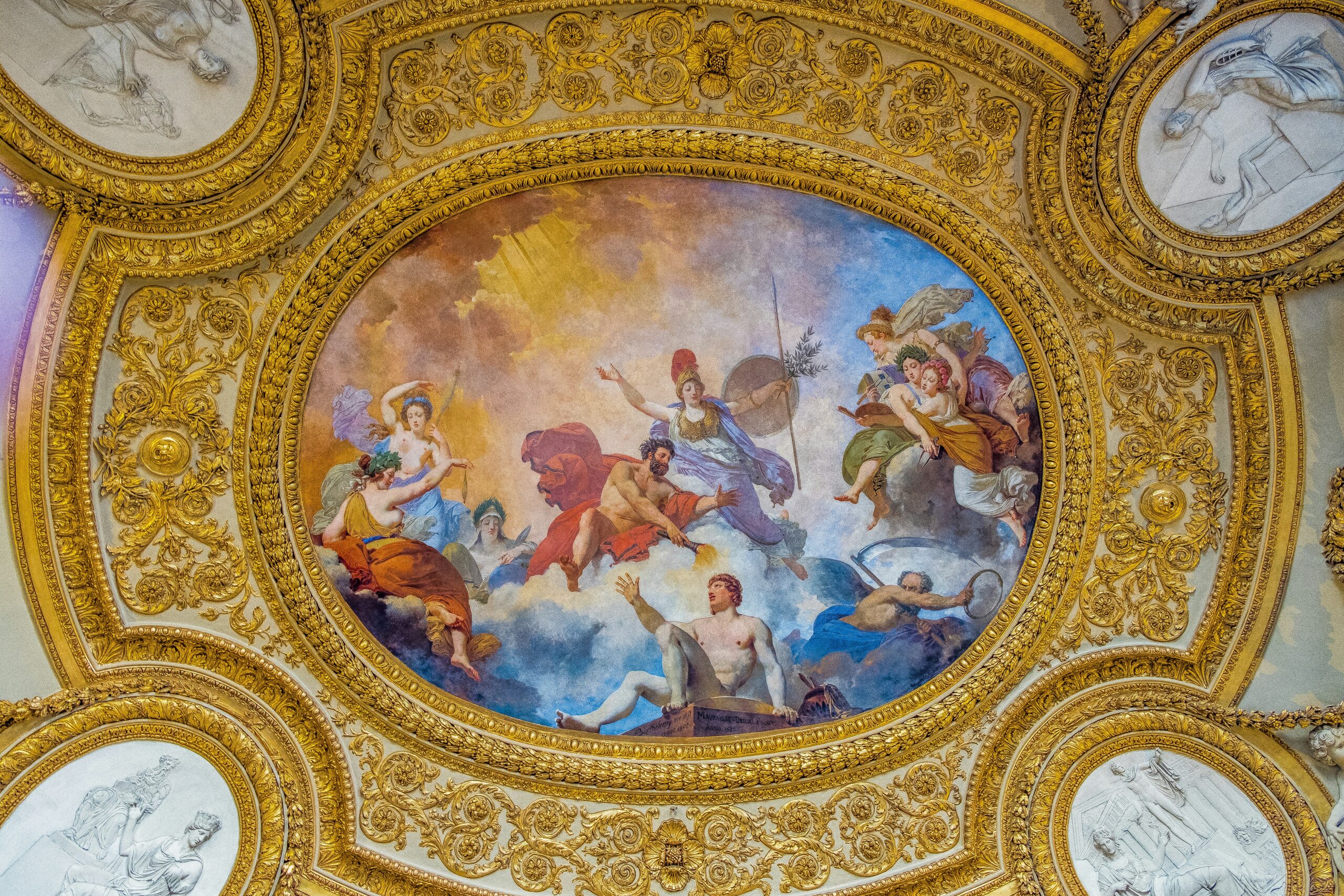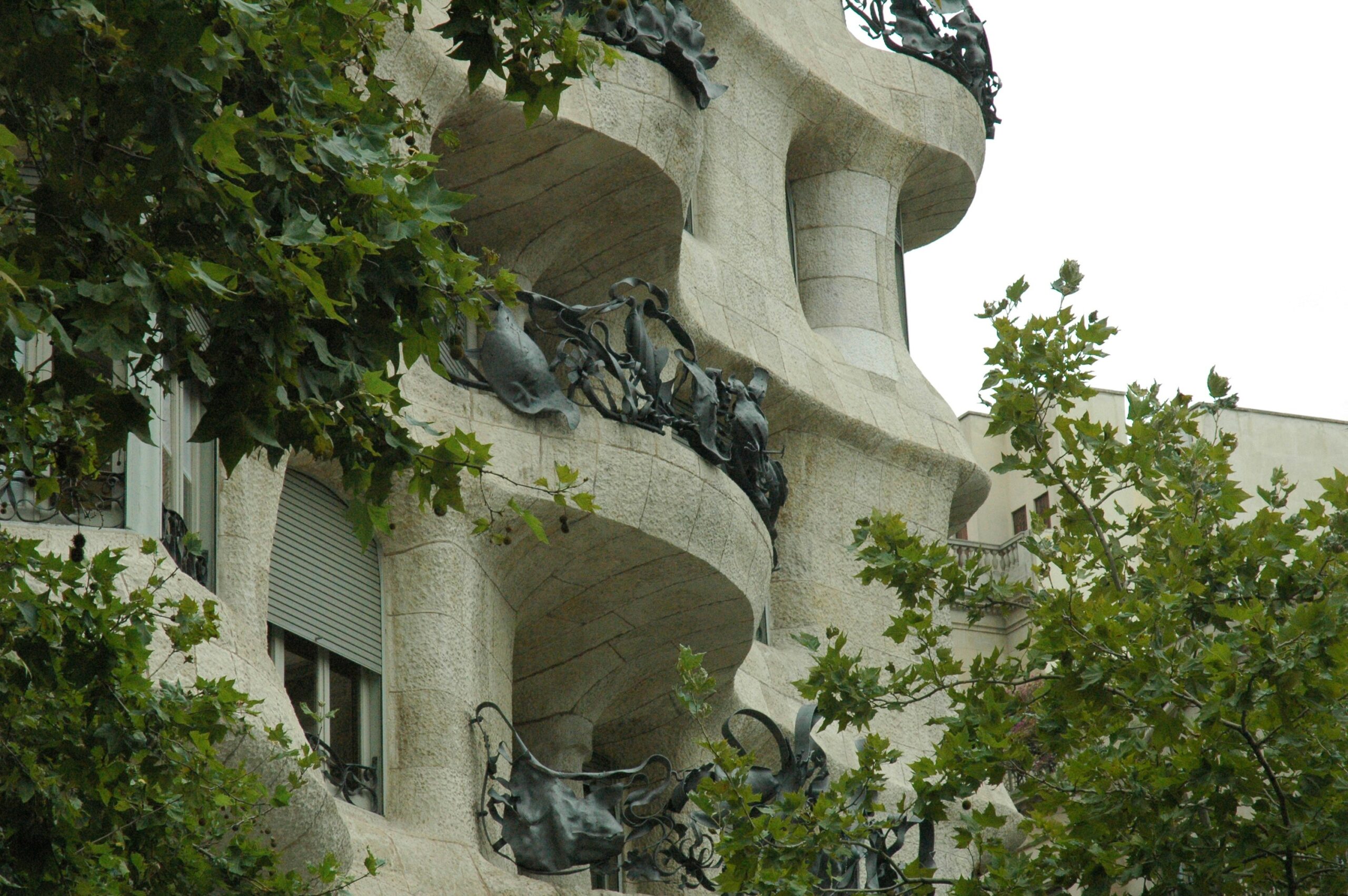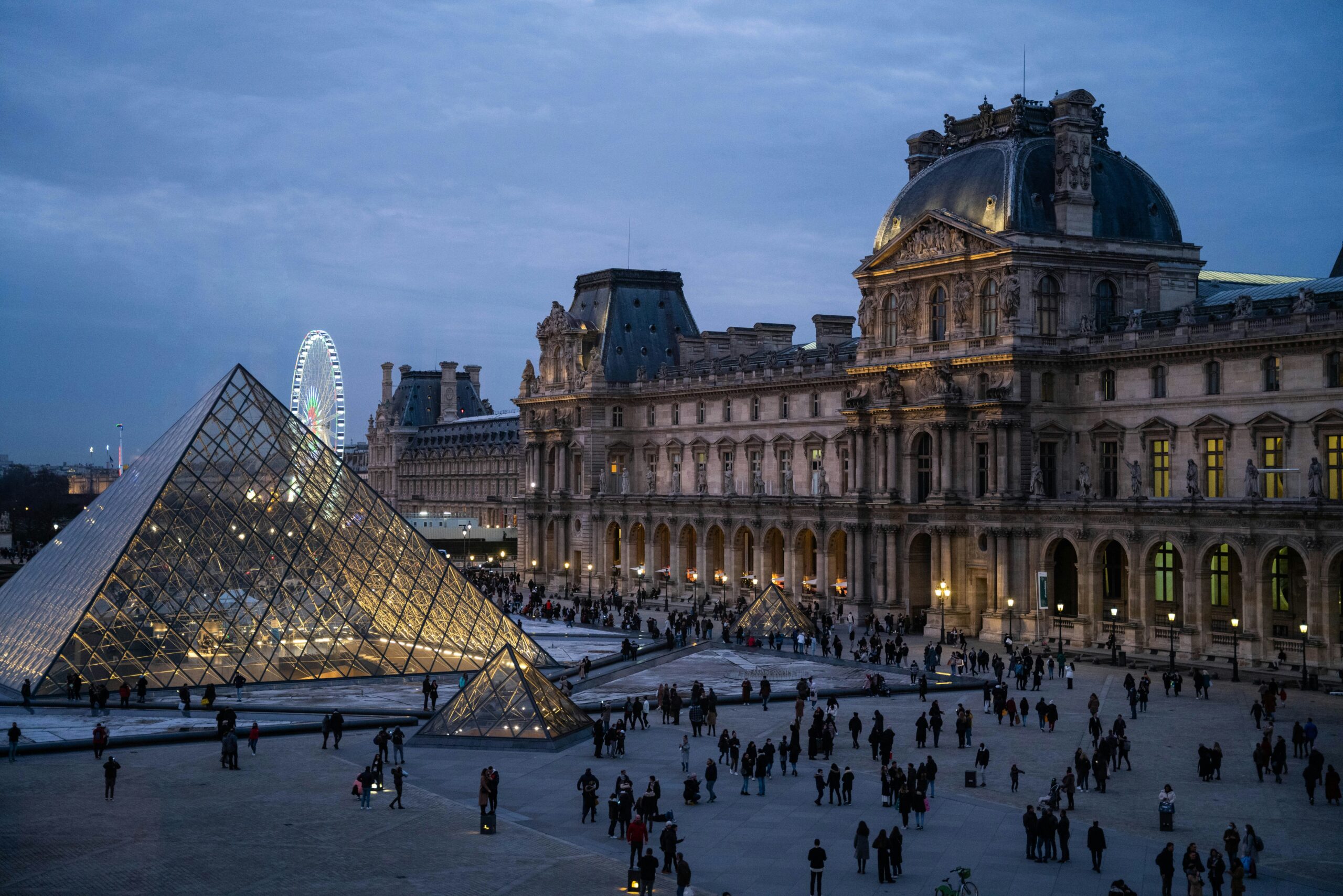French Architecture vs. American Architecture | A Cultural and Aesthetic Comparison
French Architecture vs. American Architecture | A Cultural and Aesthetic Comparison
Introduction
French and American architecture are two of the most diverse and influential architectural styles in the world. While French architecture is often associated with elegance, historical continuity, and intricate detailing, American architecture is defined by innovation, practicality, and a mix of international influences. These two styles reflect their respective cultural identities, histories, and philosophies toward urban planning and design.
Whether you’re a tourist admiring historic landmarks, a history buff interested in urban development, a food lover soaking in the ambiance of charming cafés, or simply a curious reader, this article will provide an in-depth comparison of French and American architecture.
- Historical Influences and Evolution
Understanding the roots of French and American architecture helps explain their differences in form, function, and aesthetics.
French Architecture: A Legacy of Artistry and Precision
French architecture has evolved over centuries, heavily influenced by European artistic movements, royal patronage, and meticulous urban planning.
- Medieval & Gothic Influence: French Gothic cathedrals like Notre-Dame de Paris showcase towering spires, flying buttresses, and stunning stained glass.
- Renaissance and Baroque Grandeur: Royal residences such as the Palace of Versailles highlight extravagant detailing, symmetry, and luxurious materials.
- Haussmannian Paris: Baron Georges-Eugène Haussmann transformed Paris in the 19th century, introducing broad boulevards, uniform facades, and ornate balconies, shaping the modern city.
- Art Nouveau & Beaux-Arts Influence: Characterized by intricate ironwork, floral motifs, and lavish ornamentation (e.g., Paris Métro entrances by Hector Guimard).
- Modernism & Contemporary Architecture: Blending tradition with innovation, seen in works like the Louvre Pyramid by I. M. Pei.
American Architecture: Innovation and Diversity
Unlike France, which maintains a strong architectural identity, American architecture is defined by its diversity, rapid development, and technological advancements.
- Colonial & Federal Style (17th-19th Century): Inspired by European designs but adapted for practicality (e.g., Monticello by Thomas Jefferson).
- Chicago School & Skyscrapers (Late 19th Century): Innovations in steel-frame construction led to the rise of skyscrapers, starting in Chicago and New York.
- Art Deco & Mid-Century Modern (20th Century): Buildings like the Chrysler Building in NYC and Frank Lloyd Wright’s Fallingwater showcase futuristic designs and organic architecture.
- Brutalism & Postmodernism: Practical yet controversial, seen in civic structures like Boston City Hall.
- Contemporary and Sustainable Design: Emphasizing eco-friendly urban spaces, with projects like The Edge in NYC and The Crystal in Arlington, Virginia.
- Key Differences in Style and Aesthetic
While both architectural styles have evolved significantly, their differences are evident in materials, layout, and philosophy.
- Architectural Design Philosophy
- French: Focuses on symmetry, artistic detailing, and longevity.
- American: Prioritizes functionality, adaptability, and efficiency.
- Use of Materials
- French: Prefers stone, limestone, intricate ironwork, and carved details.
- American: Uses brick, concrete, glass, and steel, emphasizing innovation and large-scale production.
- Roof Design
- French: Features steeply pitched roofs, mansard roofs, and decorative dormers.
- American: Often incorporates flat roofs, gabled roofs, and large skylights.
- Windows and Doors
- French: Tall, ornate windows with iron railings, often with shutters.
- American: Varies widely, from multi-paned colonial windows to floor-to-ceiling modern glass panels.
- Urban Planning and Public Spaces
French and American cities are structured very differently, reflecting contrasting urban philosophies.
French Urban Planning: Order and Beauty
- Cities are walkable, designed with pedestrian-friendly squares, public gardens, and metro systems.
- Parisian avenues are carefully arranged, with a focus on uniformity and aesthetics.
- Historic preservation is key, ensuring old buildings remain intact while integrating modern structures harmoniously.
American Urban Planning: Expansion and Functionality
- Cities prioritize wide streets, highway access, and automobile convenience.
- Skyscraper-filled downtowns contrast with suburban sprawl.
- Zoning laws create distinct residential, commercial, and industrial areas.
- Global Influence and Legacy
French Architectural Influence
- French colonial architecture can be seen in Vietnam, Morocco, Louisiana, and Quebec.
- Parisian urban design inspired cities like Buenos Aires and Brussels.
American Architectural Influence
- Skyscraper technology pioneered in the U.S. has reshaped global skylines.
- Modernist and sustainable architecture movements have influenced city planning worldwide.
Conclusion: Two Architectural Identities, One Fascination
French and American architecture represent two distinct philosophies—one rooted in tradition, artistic refinement, and urban harmony, the other in bold experimentation, practicality, and modern growth. Each has left an indelible mark on the world, influencing architectural trends across continents.
Whether you prefer the charming streets of Paris with their uniform facades or the towering skyscrapers of New York defining the modern era, there’s something to admire in both styles.


